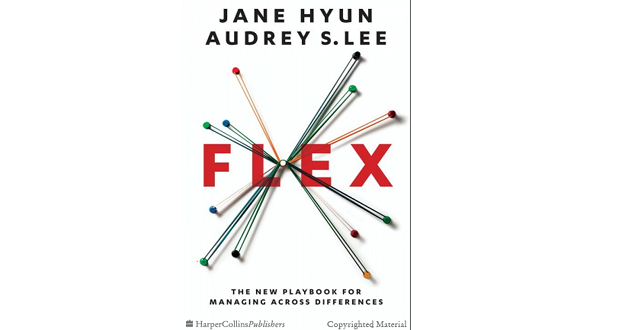“I’m not the average girl from your video. And I ain’t built like a super model”
Many women can probably attest to feeling what India Arie vocalizes in her popular song “Video”. Not everyone looks like the models we see in popular media and culture. Even among those who do, there’s the sense that women aren’t cookie-cutter similar and shouldn’t be treated as such. As a woman, I realized at a very early age that we all come in different shapes, sizes, and colors. And, once you get past our physical differences, the exceptional attributes that make us unique begin to illuminate themselves as well. Just like all humans, men and women alike, our hobbies, talents, flaws, interests and displeasures all play a part in defining who we are. So, one can probably imagine the uproar against a campaign that is geared towards including ALL women yet features women that are very similar in more ways than one.
On Monday, August 7, 2017, online fashion retailer, Boohoo took to Twitter to announce their All Girls Campaign.
#ALLGIRLS has dropped and it’s all about inclusivity and girl power, created by an ALL girl crew 💥boohoo is for all girls #allgirls ❤ pic.twitter.com/HfL4HYer67
— boohoo.com (@boohoo) August 7, 2017
Not long after posting their video, Boohoo began to feel the Twitter backlash. Many women responded to tell Boohoo that they had, in fact, missed the mark of inclusivity. But how did they get to this point? It turns out that they held an Instagram contest in which they asked followers to submit a full body and face photo, a description of their personal style, and a statement about what makes them the “ultimate Boohoo girl.” The contest itself is innocent enough – until you look at the results. Four girls were chosen, and they all look the same in at least one important way — none of them could be considered plus-size.
Although Boohoo’s Instagram profile states “Girls come in all shapes and sizes. Boohoo recognizes individuality. Boohoo is for girls #allgirls,” the internet quickly pointed out Boohoo’s oversight. The main questions people asked were: where are the plus size women, the disabled women, the trans women? One user asks about women in headscarves. Obviously, it would be very difficult for a fashion retailer to include every type of woman in their ad campaigns. However, for a retailer who sells plus-size clothing, I would think that including a plus-size model would be the bare minimum of an “inclusive” campaign.
This is not the first time Boohoo has been in the hot seat regarding a clear oversight. They recently made headlines for being accused of using straight-size models to show their plus-size range of clothing. Earlier this month, Yahoo Style wrote about the accusations.
Anyone else majorly offended that this is a ‘plus size’ bikini on a ‘plus size’ model?!?!😱😤 no wonder girls think they are ‘fat’. #boohoo pic.twitter.com/emNTfGKBpD
— Suz✨💅🏼 (@suzziiee_main) July 25, 2017
However, three days after announcing their All Girls campaign with the four models of similar body types, Boohoo posted a new tweet celebrating the diversity of their consumers and truly illustrating the “all girls” motto.
Babes of the week… (and they’re all rocking #boohoo!) #allgirls ✌️✌️
Shop now – https://t.co/ijzaWnSpgj #boohoo #myboohoostyle pic.twitter.com/Q0sgen8deI
— boohoo.com (@boohoo) August 10, 2017
Perhaps they learned from their mistakes. Perhaps the oversight was a problem of implicit bias rather than harmful or prejudicial intent. Perhaps both of these things are true, and it is good to see that maybe the company does truly value the diversity it claims to celebrate.
Whether the intent is to represent All Girls, Some Girls, Small Girls, or Tall Girls, there’s a lesson to be learned here. As Mary-Frances Winters states in her book Inclusion Starts With I, “Inclusion is about seeing the whole…how we are related…the interconnections. As we move towards our journey of inclusion, isolated, independent actions create movement, but coordinated, collaborative, holistic actions create sustained change.”
What do you think about Boohoo’s ALL Girls Campaign? Did it embody you in some way, or did you feel left out? How can we call companies to better see our whole selves and our interconnectedness?



















